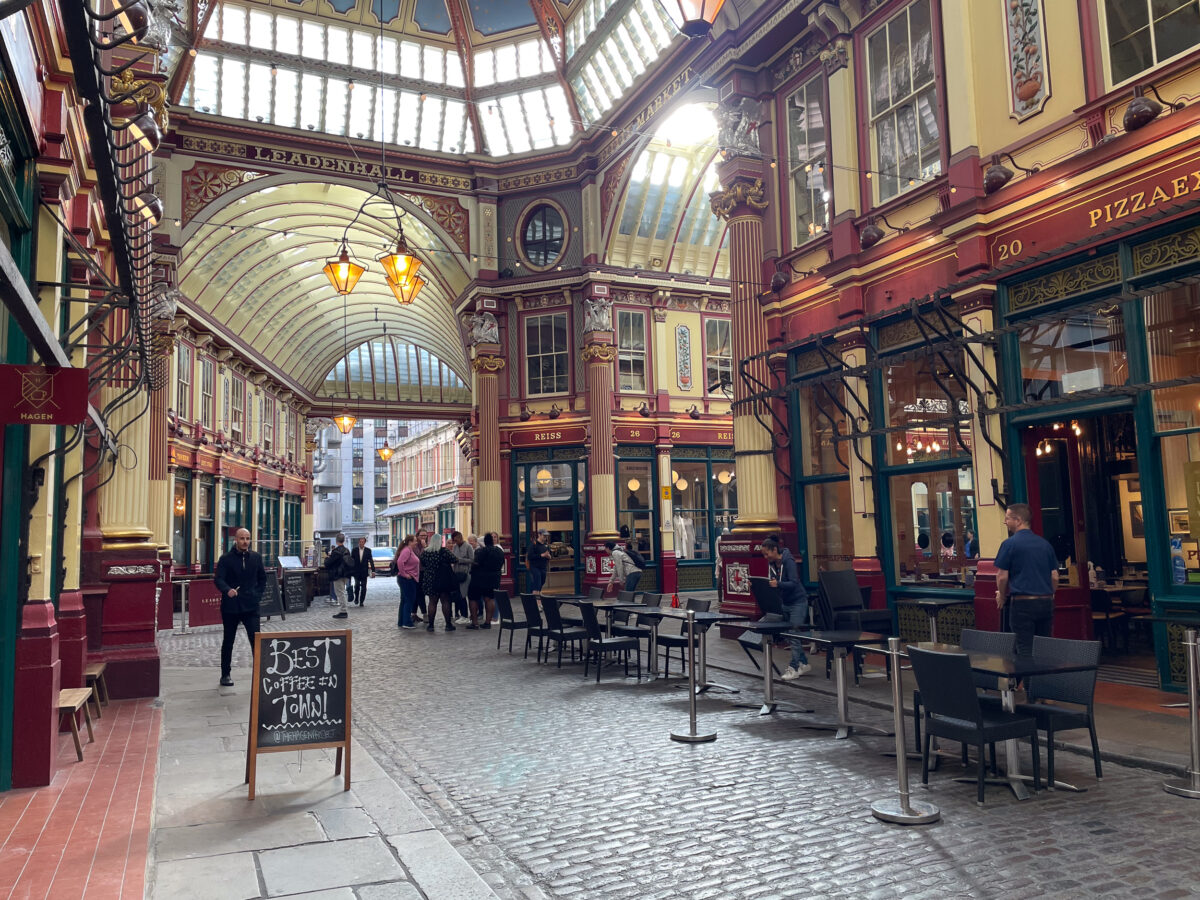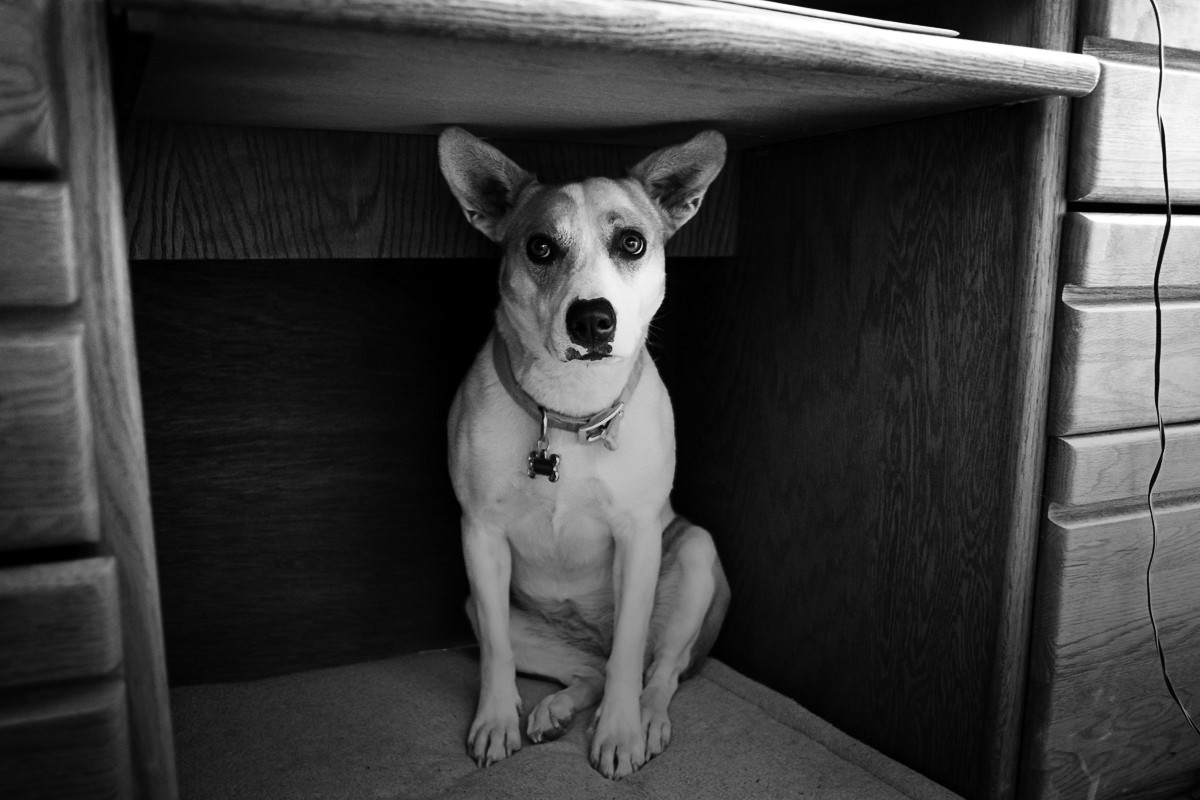In part 1 we looked at the requirements and constraints for the creation of video pieces for the non-profit International Folk Art Market | Santa Fe, as well as how two of them came together.
In this final part, we’ll look at the making of the final three, explore their impact, and look at some lessons everyone can apply to creating low budget video pieces with impact
3) Dubreus Lherisson, Haiti
With Dubreus we faced the toughest technical challenges. Internet connectivity is patchy in Dubreus’ town in Haiti, and while he had an email address, he couldn’t check it regularly and the language barrier made communication hard. So a Skype video chat was out, and even getting hold of him on the phone was tricky. Eventually, Marie St Comé, a Haitian woman who lives in Santa Fe and has worked with many of the Haitian artists at the Market came to our rescue. She tracked Dubreus down through her network of connections in the country, and came into my office where we could record our phone conversation with him (with Marie doing most of the talking — in Creole). Then she reviewed the recording, picking out the most telling quotes for direct translation, and paraphrasing the rest for me to use as background for my voiceover script. Without her, the video wouldn’t have been possible.
With this material, and other content and picture research, I could write the script for the piece, including some of Dubreus’ direct quotes from the recording. Since we had no video and Dubreus was a first- time artist, tracking down enough photographs that we could use with permission but without paying a licensing fee was particularly tricky (once artists have been to Santa Fe once, we normally have lots of good images of them and their work).
If Dubreus’ was the most challenging video to put together, the next one was perhaps the easiest. Blaise Cayol, the master basket maker from the south of France speaks good English, and has a computer with a fast internet connection (in his great cottage that looked good on the Skype session). As I’d done with al lthe other artists, I drafted some questions in advance to give Blaise the chance to prepare, so when we recorded the interview, all went well (even when one of his daughters came into the room to see who he was talking to in English). It was a pleasure to talk to him, and his answers were so good that it seemed to me we didn’t need a voiceover to explain anything in his video.
It’s my preference to let the artists speak for themselves as much as possible, and this time we had the luxury of being able to do that. I still wrote a script (from his words) so a I knew how I wanted to edit and rearrange his answers, but building the piece went well, with the images that Blaise supplied combining with some background images of his area that helped put them in context.
When you have limited budget and time, sometimes a volunteer can be a savior. Cailyn Kilcup is an American who works in Ecuador with the women of La Mega Cooperativa — artisans who create amazing beadwork pieces. She videoed an interview with Flor Maria Cartuche Andrade, President of La Mega Cooperativa de Los Saraguros, asking her to explain the impact of the co-op’s association with the Market. She then sent me the video file, photographs and a translation. I edited the tape and built the package, but again it would have been impossible without Megan’s help.
Everyone loved the videos — Market employees showed them at fundraising events, and showed some of them to Board members. They made people cry — which is about the best reaction you could look for. If people made rational decisions on who they volunteered for or donated money to, you’d have to make a rational case with charts and tables. But most often they don’t, so telling an authentic story that moves people is crucial.
The videos appeared on the Market’s blog — highlighted on the homepage — and were also featured in the Market’s social media efforts. The blog received nearly 7000 page views in the months leading up to the Market in July, and the videos were also highlighted in the printed guide to the Market and on posters during the event itself.
The artists featured in the videos enjoyed good sales at the Market, with Blaise Cayol selling out with a day of the Market still to go.
Lessons learned
Video takes more time than you think — even with our bare bones approach, researching, recording, writing, sourcing pictures and then building the pieces took longer than the 6 hours each we’d budgeted. I’d say 8 hours allowing for revisions and uploading is still a cracking pace, but a bit more realistic for the quality of pieces we produced.
Good audio is more important than good video — with none of the interviews recorded under ideal circumstances (a high-quality camera and microphone set up in person with someone who knows what they’re doing) we had to wrestle with varying quality video and audio quality (and sometimes no video at all). It seems counterintuitive but it was easier to work around poor or no video than work with poor quality audio — especially if one key aim is to have the artists speak for themselves. We had strong photographs and some b-roll video, but nothing gives a worse impression than dodgy audio. (If anyone has suggestions for recording high quality audio over the internet, please let me know.)
The story is the most important thing — despite all the constraints, the key thing we had in our favour was that we were telling good stories that had real impact. These are people from all around the world devoted to their craft, their traditions and their communities, who could talk about what they do with passion. I’d rather have to talk to someone like that down a dodgy phone line to Haiti than shoot a big-budget interview in a high-end studio with someone who’s got nothing real to say. I think we did a good job of putting these pieces together, but a lot of it was just to get out of the way and let the artists speak.
Just do it — it’s not that hard to create pieces like this, and they can have a real impact. I’d love the time to visit these people in their environments, learn more about them and put together much richer and more slick documentaries. But that wasn’t an option, and I’m proud of what we could do with the very limited resources we had.
By David Moore on August 29, 2013.
Canonical link
Exported from Medium on October 17, 2020.

 The Santa Fe International Folk Art Market (for whom I do lots of work) were holding a fund-raising event to announce the public element of their campaign to raise $6 million, and they asked me to photograph the event. Specifically, Clare Hertel from Clare Hertel Communications — the PR firm that also works with the Market — was keen to have a photograph of co-chair of the campaign Leigh Ann Brown addressing the audience.
The Santa Fe International Folk Art Market (for whom I do lots of work) were holding a fund-raising event to announce the public element of their campaign to raise $6 million, and they asked me to photograph the event. Specifically, Clare Hertel from Clare Hertel Communications — the PR firm that also works with the Market — was keen to have a photograph of co-chair of the campaign Leigh Ann Brown addressing the audience. Another of my images was published in the December issue of New Mexico Magazine.
Another of my images was published in the December issue of New Mexico Magazine.


 “When I die, I want to come back as a dog and get to stay here,” Leroy from
“When I die, I want to come back as a dog and get to stay here,” Leroy from 



